Signal Detection Theory and Psychophysics
$80.00
Signal Detection Theory and Psychophysics by David Green and John Swets ISBN: 9780932146236
Although there are more recent books addressing signal detection theory as applied to psychophysics, this easy-to-read and understand text, written by the very innovators of the field itself, make this the queen of the teaching texts! This book is complete. Read this summary and see.
Part I introduces statistical decision theory and reviews experiments conducted to illuminate the role of decision processes in detection and to determine how decision effects could be isolated in the study of sensory processes. The introduction ends with a discussion of sensory thresholds and psychophysical methods.
Part II is devoted to an understanding of sensory process of detection. It highlights the concept of the ideal observer and compares the ideal and human observer. An energy-detection model for audition is described and exercised.
Part III addresses multiple observations, frequency analysis, and speech communication. It presents applications of detection theory to long-standing problems in psychology: vigilance, attention, reaction time, memory, and animal psychophysics.
The Appendices. By virtue of the inclusion of three teaching appendices, Signal Detection Theory and Psychophysics is largely self-contained. Appendix I details the basic definitions and theorems of probability theory, supplying the prerequisites for understanding the material in Part I. It is included so that readers without training in probability will not have to look elsewhere. Appendix II presents concepts of waveform analysis, explaining the minimally prerequisite knowledge for Part II. And the appendix Part III draws together the basic experimental techniques generally used in the experiments reported in this book, and does so with good attention to detail.
In the back of the book are a thorough index, all the references compiled in one master list, and an added bibliography of more than a 1000 references updated to 1988.
Signal Detection Theory and Psychophysics is wonderful for learning and teaching. It is well organized and easy to read. The examples of the decision processes and use of the Receiver-Operating-Characteristic (ROC) curves are clear and understandable. Each chapter ends with concise summary for ease of review. Further, each of the first eight chapters has a hefty set of problems to work with solutions to all problems in the back of the book. These problems with answers can help make life a bit easier for students and professors. Signal Detection Theory and Psychophysics is an invaluable book for psychologists dealing with sensory perception, especially auditory; for psychologists studying discrimination in other cognitive processes; for human factor and systems engineers dealing with man/machine interfaces; and for those learning and those teaching signal detection theory as applied to psychophysics. A grand book that’s hard to put down once you’ve started studying it!
Reviews
There are no reviews yet.
Related products
Signal Detection
Propagation
Noise Control
Propagation
Antisubmarine Warfare
Principles of Underwater Sound, Third edition (Soft and Hard Covers)
Acoustics
Acoustics

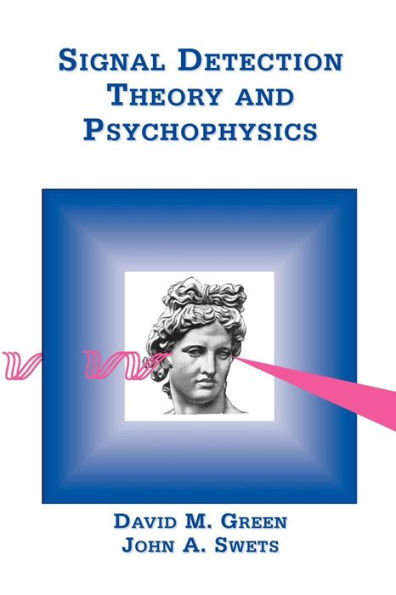
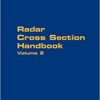
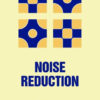
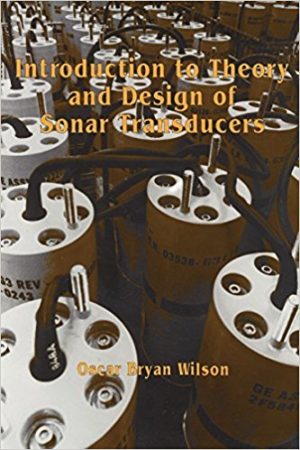
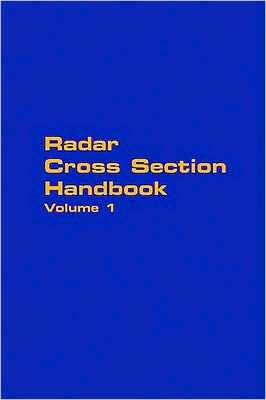

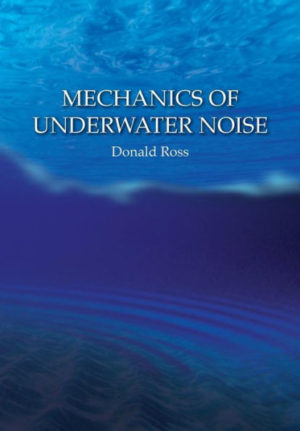
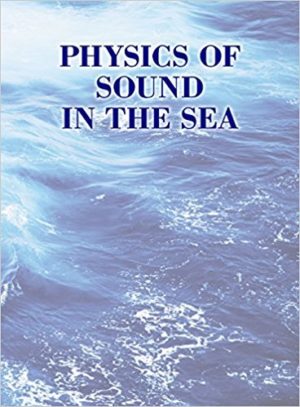
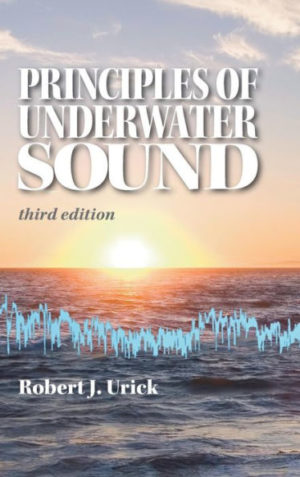


Be the first to review “Signal Detection Theory and Psychophysics”